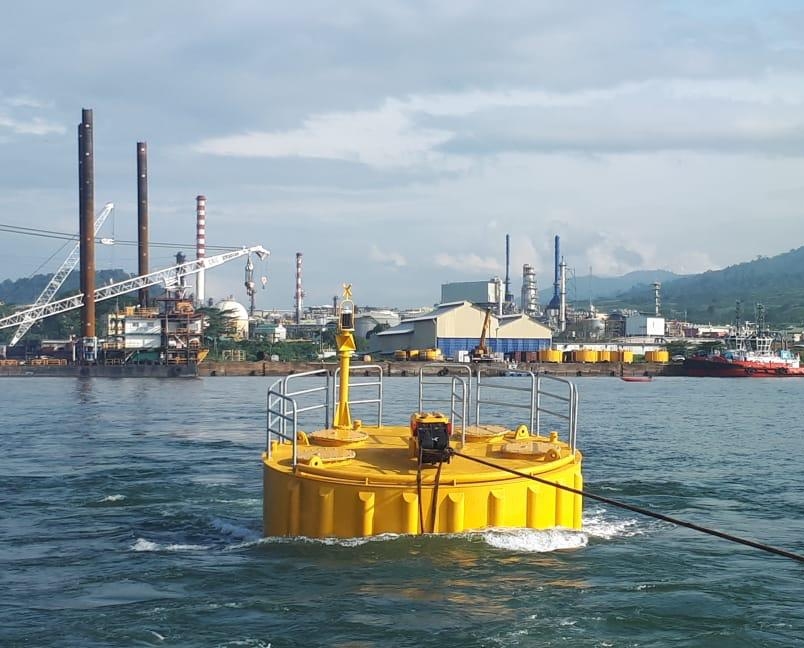Mooring
Ropes or chains that keep a boat from moving away from a place. A vessel has to be positioned alongside a jetty or a berth between mooring buoys, to a mooring buoy, to another ship and then made fast using her own anchors and mooring lines. While moored alongside a fixed or floating jetty or a sea berth, there are different forces impacting on the vessel such as wind, current, tide, wave action, swell and trim of the vessel. Many mooring methods are practised all over the world such as:
- Ship to Ship mooring,
- Mediterranean mooring,
- Baltic mooring,
- Running mooring,
- Standing mooring,
- Spider mooring,
- Single point mooring,
- Conventional mooring.
For each mooring method, fenders will be essential for the protection of port quayside but also to secure offshore ship to ship transfer as well as the mooring buoys useful for mooring offshore.
Business case for mooring:
- Development of moorings for small cruise ships a shore to coast,
- Extension of gas terminal requiring new mooring points,
- Efficient way of managing Navy base vessel fleet
- Solution to avoid damages on seabed due to anchoring in protected areas,
- Tools to set mooring rules for yachts and speed boats a shore of tourist spots
Our products :
Composite or steel mooring buoys
Load & unload spot
Bollards
Keep the boat position
Pelican hook
Support mooring line
Quick release hook
Monitor the mooring line

